1. Polaroid
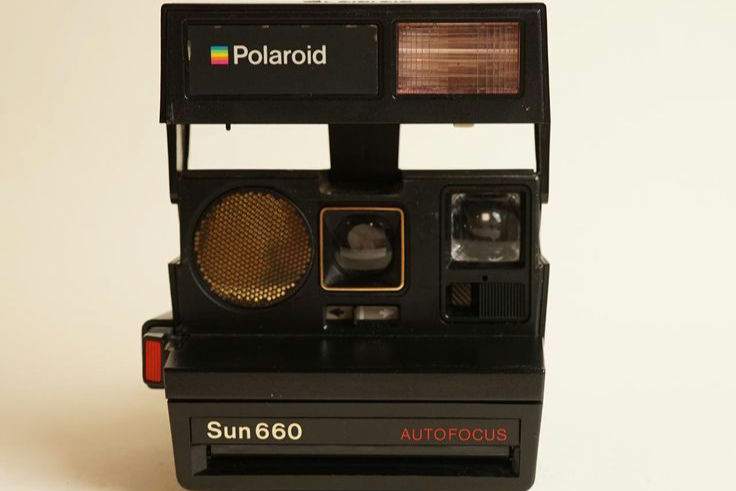
After instant film production ceased in 2008, a group of passionate analog photography fans turned things around. The Impossible Project was launched that year by Florian Kaps, André Bosman, and Marwan Saba, who purchased the last operating Polaroid factory in Enschede, Netherlands. They invested €1.2 million, halted the decommissioning of machinery, and began producing new black-and-white film by early 2010, followed by color film soon after.
Over time, the company rebranded to Polaroid Originals, then simply “Polaroid,” in 2020. Today, they offer new instant cameras and modern-styled instant film that works in vintage Polaroid equipment. Their products bring vintage charm with a modern spin, think retro frame designs, revived rainbow branding, and high-quality chemical film. This revival reminds us that analog experiences have lasting resonance.
2. Kodak
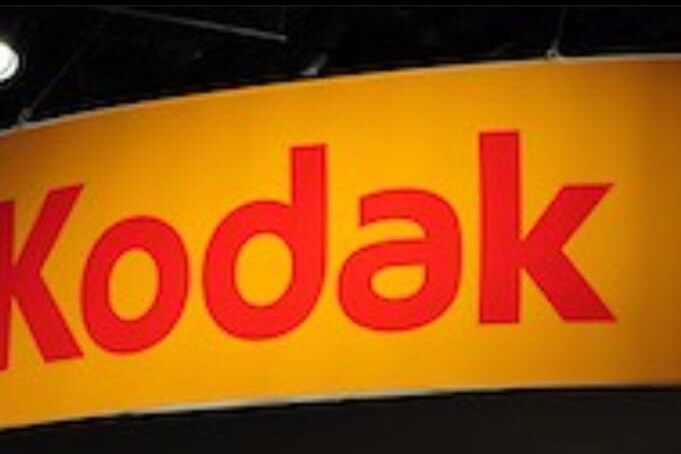
Kodak famously filed for bankruptcy in 2012 as digital killed film. But instead of letting their brand fade, they pivoted. Today, Kodak operates primarily through licensing, partnering with companies to put their iconic name on instant cameras, photo printers, apparel, even house paint. These products blend modern utility with Kodak nostalgia: think instant-print cameras that let you relive physical snapshots, hoodies printed with their vintage logo, and decorative paint lines echoing their classic yellow-and-red design. Seeing their name on everyday items, photo gadgets, and even décor shows how legacy brands can reinvent themselves in unexpected ways.
3. Crystal Pepsi
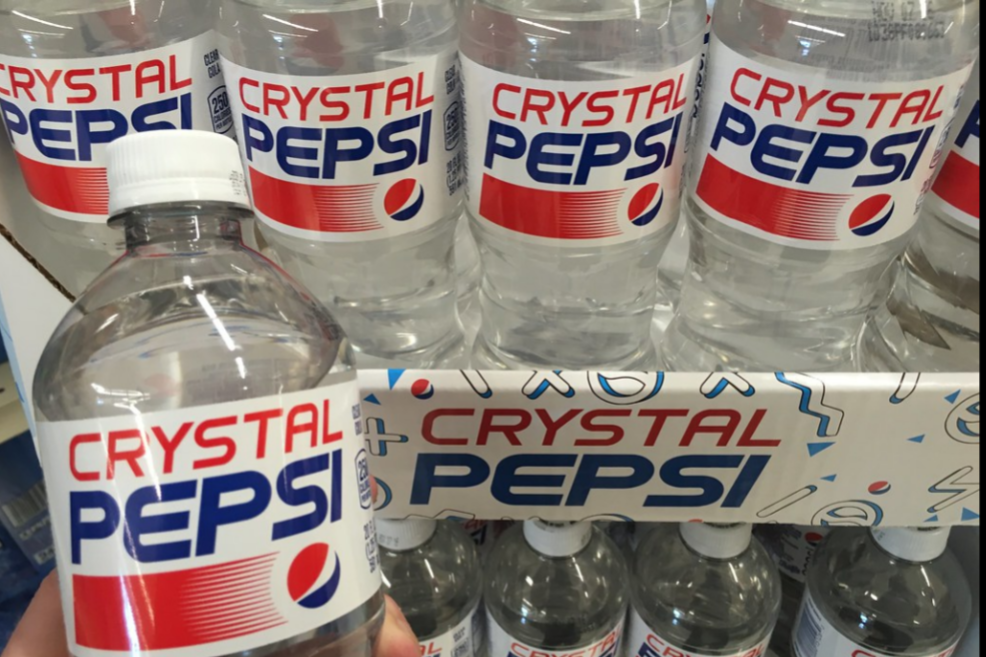
Crystal Pepsi, the clear cola from the ’90s, briefly returned in the U.S. during nostalgia-fueled campaigns. First revived in 2016 with a limited release, it popped back again in 2017 and 2022, all thanks to social media excitement and throwback fans pushing Coca-Cola execs to bring it back. While these revivals weren’t big nationwide launches, they were mostly limited-time affairs, showing how strong nostalgia can be online. Seeing consumers on Reddit and TikTok begging for Crystal Pepsi proves how clickable “retro” can make even a limp cola trend again.
4. Zima
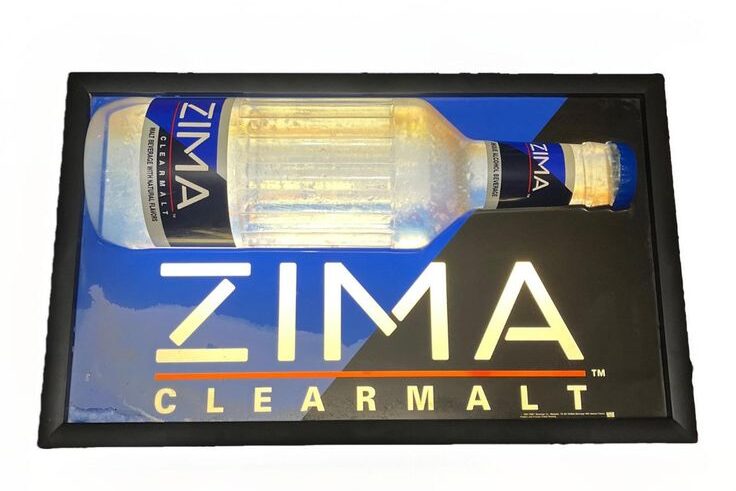
This clear malt beverage quietly disappeared in 2008. But in 2017–18, Zima briefly resurfaced in U.S. markets, driven by nostalgic demand. It sold out fast in many places, proving that throwback beverages still hold power. Although it didn’t stick around post-2018, Zima’s comeback showed that even obscure ’90s niche drinks can ride a wave of retro cachet, if timed right. It’s a reminder that old trends can spark sudden fan-driven revivals, even in today’s saturated market.
5. Surge
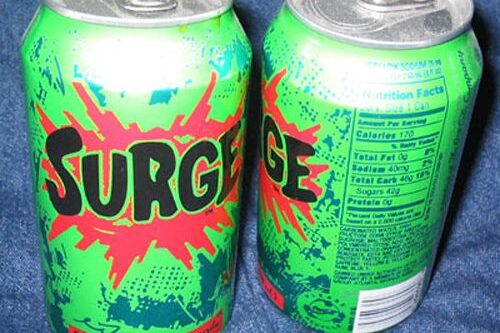
Surge was Coca-Cola’s answer to Mountain Dew in the late ’90s but was discontinued in 2003. A devoted fan community, over 200,000 strong, launched the “Surge Movement,” pressing Coke via Facebook, hotline calls, and even a billboard near Coke HQ. Their efforts paid off. On September 15, 2014, Coke relaunched Surge as an Amazon exclusive, it sold out super fast and even topped grocery charts that day. It expanded in 2015 to East Coast stores and then overseas to Burger King Freestyle machines by 2018, hitting restaurants nationwide.
6. Ecto Cooler
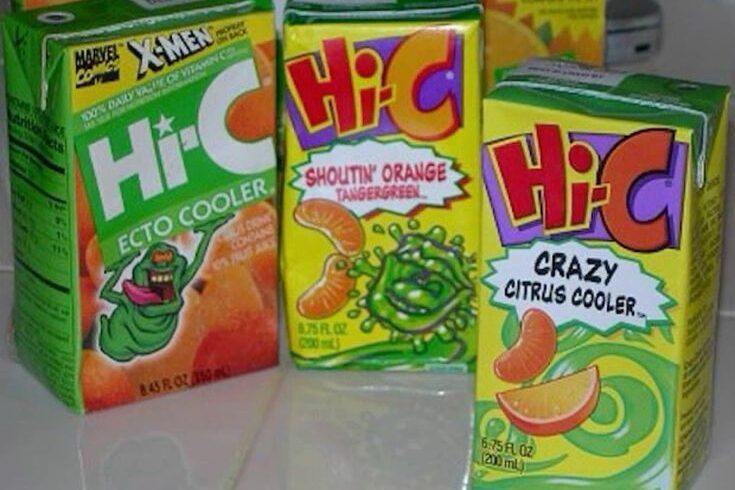
This neon green citrus drink, originally launched in 1987 as part of The Real Ghostbusters promotion, vanished in 2001. Fans still fondly remember pouring it from juice boxes on Saturday mornings. Its revivals have been tied to Ghostbusters film reboots, first in 2016, then again in 2021 for Ghostbusters: Afterlife. In the 2021 release, Hi‑C reintroduced Ecto Cooler in special 12‑oz bottles via online giveaways and social campaigns, turning retro fandom into modern engagement, an imaginative twist on limited‑edition nostalgia.
These small batches weren’t widely sold in retail stores, making each bottle feel like a collector’s item. Though now gone again, rumor circulates that Coca‑Cola’s Ecto Cooler social media teased another revival in early 2025. It shows how brands can use nostalgia and scarcity to stay relevant, even through ghostly vending revivals.
7. FAO Schwarz
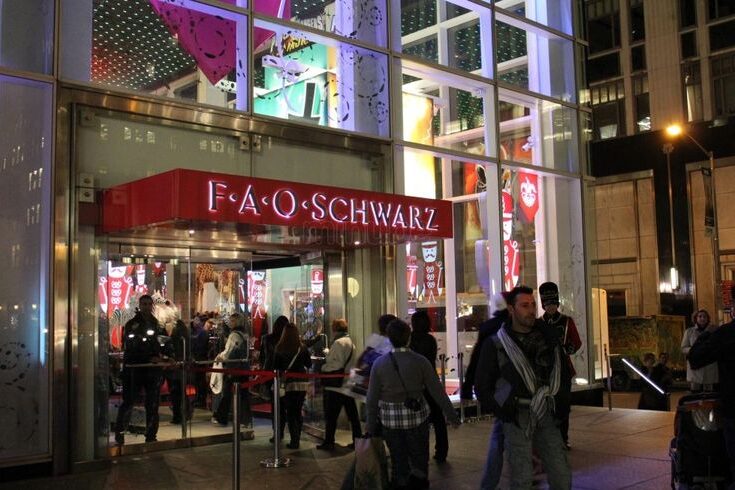
Once a toy-store icon, FAO Schwarz closed its flagship on Fifth Avenue in 2015, leaving an empty place in holiday shopping hearts. But in November 2018, the brand reemerged under ThreeSixty Group with a new 20,000 sq ft flagship at Rockefeller Center, complete with interactive experiences like their famous giant piano. That return brought that nostalgic childhood “magic” back, just smaller and more modern, but still filled with wonder.
Since then, FAO Schwarz has expanded again, adding locations in Chicago Midway Airport, London, Dublin, Paris, Milan, and Beijing. Though the new outlets are less grand than the Fifth Avenue behemoth, they retain that experiential flair, touch-and-play toys, live demonstrations, and joyful design, making FAO Schwarz feel both familiar and fresh again.
8. Schwinn Bicycles
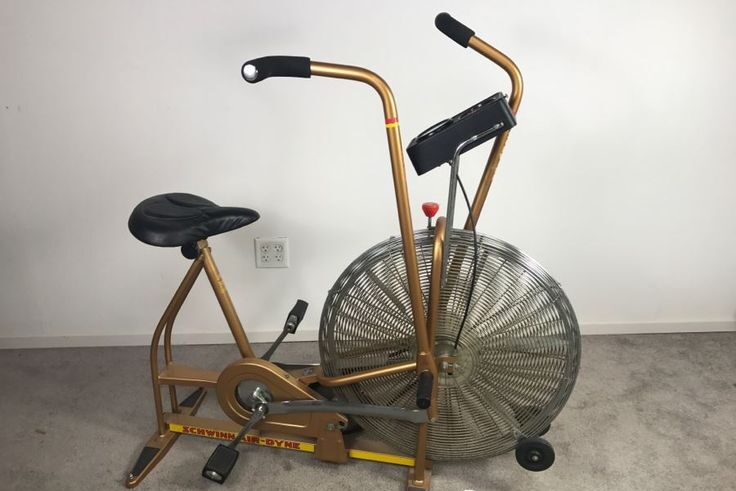
Once America’s go-to bike brand, Schwinn faded from prominence by the early 2000s. Their recent comeback comes from blending retro appeal with modern tech: they now sell electric and classic-style bicycles in big retailers and online. In 2024, Schwinn even resurrected its ’70s Hurricane kids’ bike as a compact e-bike, priced around $600, complete with hub motor, LED lights, and retro styling.
Their e-bike lineup now includes hybrid, cruiser, rope-step and mountain styles with pedal assist and modern features like disc brakes and 20+ mile ranges. These rides appeal to both nostalgic parents who grew up with Schwinn and younger riders drawn to retro aesthetics and practical e-power, proving that heritage and innovation bike well together.
9. Clearly Canadian
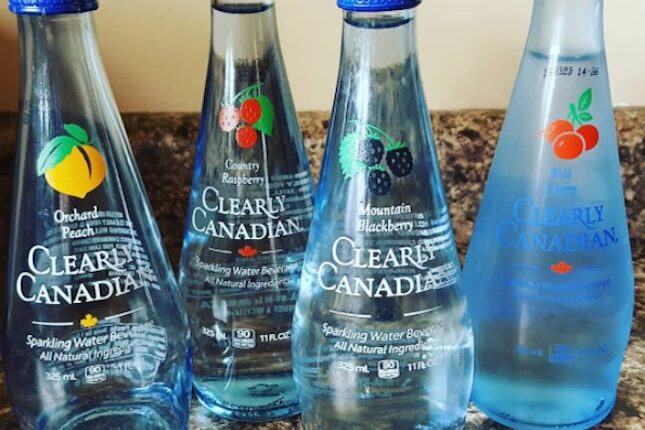
This flavored sparkling water was a ’90s cult favorite before fading away. In 2015, a crowdfunding campaign relaunched it, meeting its funding goal fast and selling thousands of cases via pre-orders. Today it’s stocked in large U.S. retailers like Kroger, Meijer, Hy‑Vee, and even Amazon, across core flavors like Mountain Blackberry, Orchard Peach, Tropical Splash, among others. Its comeback showed how fan-driven energy can revive a niche soda, filling a gap for those missing retro flavors without sneering: these are eco‑friendly, glass‑bottled, naturally flavored, upholding its 1990s identity while meeting modern expectations.
10. Trapper Keeper
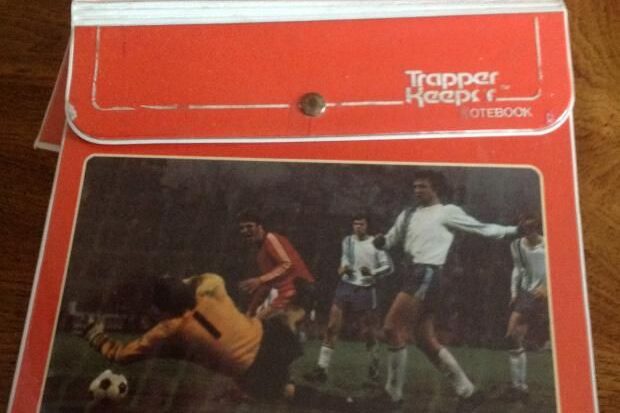
The classic three-ring binder, filled with folders and a secure flap, was a back‑to‑school staple of the ’80s and ’90s. In 2021, Mead/ACCO revived the original Trapper Keeper with new prints, tucked into school aisles and online, targeting adults nostalgic for their youth and Gen Z drawn to retro clearance‑aisle aesthetic. Beyond being a novelty, the Trapper Keeper’s return reflects a deeper shift: people want physical organization in digital times. They can hold multiple subject notes, store stickers or sticky notes, even personalize school folders in classic bright colors, offering a tactile throwback that’s both playful and practical.
This story 10 Childhood Brands That Disappeared, But Are Sneaking Back in the U.S. was first published on Daily FETCH


